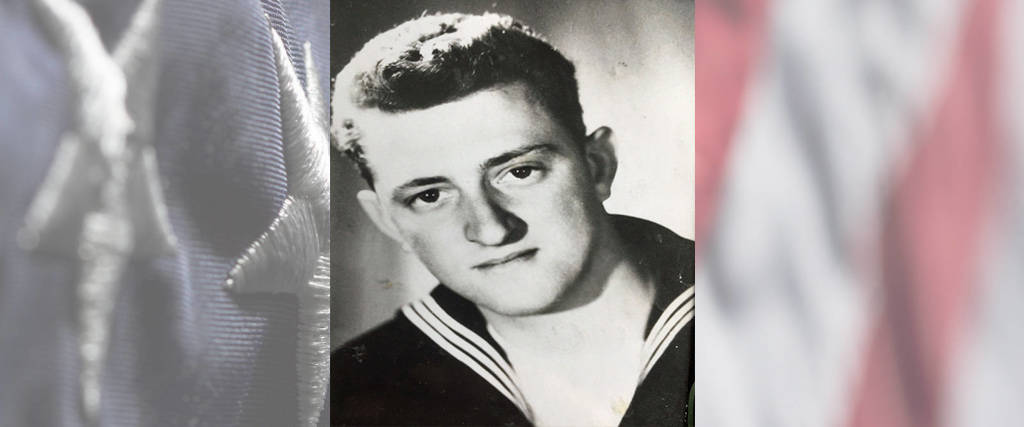U.S. Navy Vietnam War Blue Island, IL Flight date: September, 2019
By Al Konieczka, Honor Flight Chicago Veteran Interviews Volunteer
While this has never been an official Navy slogan, it certainly rang true for this Navy veteran. Phil’s dad and uncle had both served in the Army; but it was his uncle, Sam Bruno, that really inspired him to join the service. His uncle fought in World War II and died shortly after D-Day. Phil was too young when his uncle was killed to remember him, but he still has all of his uncle’s medals and memorabilia that his mother had passed on to him.
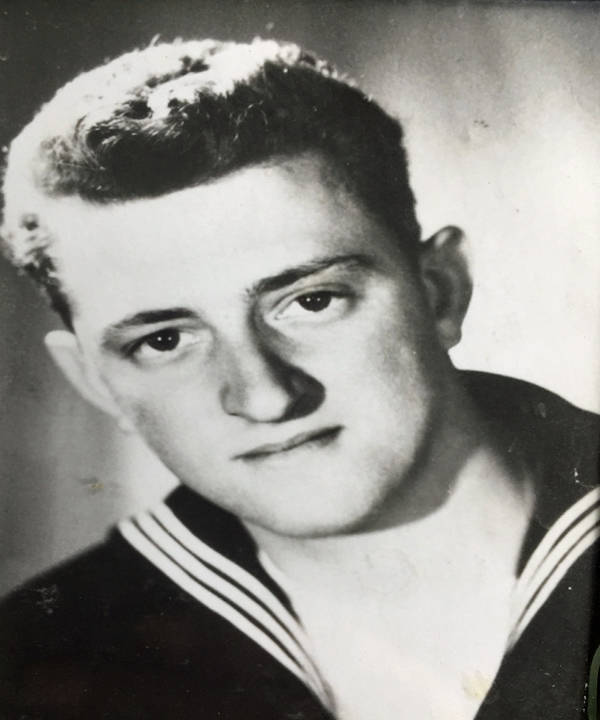
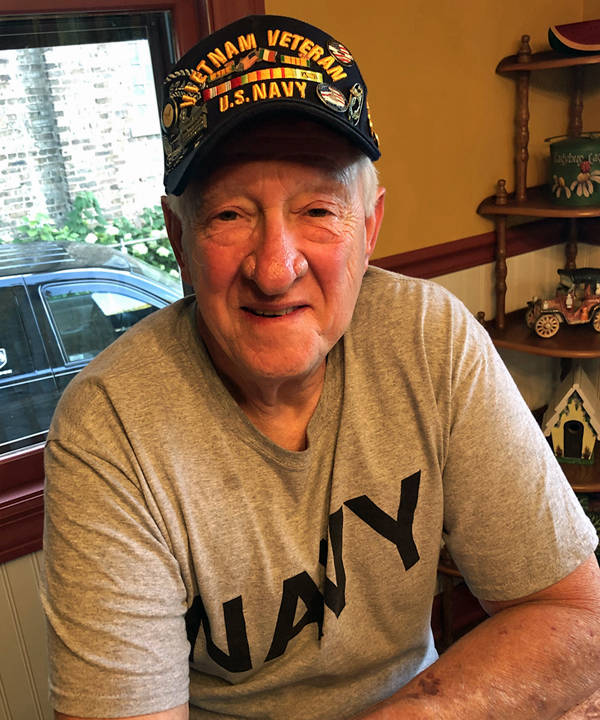
Phil was only 18 years old and barely out of high school in January of 1962 when he enlisted in the Navy. Since he knew he was joining the Navy, he first got a tattoo. Phil did his Basic Training at Great Lakes Naval Base near North Chicago, in Lake County, Illinois. After Basic Training, Phil headed to Naval Air Station Oceana, a U.S. Navy master jet base located in Virginia Beach, Virginia. Phil was assigned to work with the emergency equipment and found he really enjoyed working with the liquid oxygen (LOX). When the LOX is transferred from the storage tanks to the jet, extreme precautions are taken. Protective clothing and face masks are worn by all the men working with the LOX. In addition to their work with the liquid oxygen, the shop men maintained the small supply carts and supplied gaseous oxygen for jet bailout bottles, which are part of jet ejection systems.
During Phil’s time in the service, he served aboard three different vessels – the USS Enterprise, the USS America and the USS Essex (an older vessel used during World War II). Phil spent the majority of his time on the USS Enterprise, which was considered the sweetheart of the 6th Fleet! She was the first nuclear-powered aircraft carrier and was nicknamed “Big E.” She was launched on September 24, 1960, at 1,122 feet long and included a crew of some 4,600 service members. Just six months after enlisting in the Navy, Phil had his first cruise assignment. The USS Enterprise was part of a naval blockade positioned off the island of Cuba to prevent further Russian missiles from reaching Cuba. Phil’s squadron performed regular daily flight ops until the crisis ended after about a month, and the ship returned to Virginia. That naval blockade would later be referred to as the Cuban Missile Crisis.
Phil’s next assignment would be the second deployment of the USS Enterprise where it joined the 6th Fleet in the Mediterranean Sea. This would be the first of three (Med) Cruises for Phil aboard the USS Enterprise. These cruises across the Atlantic Ocean, which took several weeks, began a lengthy series of tests and training exercises, designed to determine the full capabilities of this nuclear-powered aircraft carrier.
Phil worked 12-hour days and supported many sorties each day. A sortie (from the French word meaning exit) was a deployment or dispatch of one military unit, (in this case an aircraft), from a strongpoint. Each sortie usually had a specific mission. The sortie rate is the number of sorties that a unit can support in a given time. According to Phil, “There was very little time to rest as planes were constantly landing and taking off. After planes landed and were re-fueled and LOX replenished, they would all be parked on the forward portion of the upper deck of the carrier.”
Phil recalls one accident that happened during his first Med cruise. “I was in the berthing space right below the flight deck and heard a loud horrible noise. I quickly climbed up a small ladder to the flight deck and saw fire extending the entire length of the ship. It scared the crap out of me. One of the larger planes, an A-5 Vigilante, was coming in for a landing and hit the rounded end of the ship. The fuselage separated, caught fire and went sliding down the entire deck. One of the engines landed in our ordinance shack. It was very scary. Luckily no one on board the ship was killed, but we did lose the pilot and the navigator.”
When the Enterprise reached the Mediterranean, they sailed from port to port for several months. Each day a number of sorties were performed. When Phil wasn’t working, there were many opportunities to get off the ship. “I had never been outside the country before I joined the Navy. I couldn’t wait to get off the ship and visit the different cities and see the sights. I was always one of the first to get off the ship when they docked somewhere. I had a small Navy booklet with places to go and things to do which I used all the time,” Phil recalled. Phil remembered visiting France, Italy, Spain, Gibraltar and several other countries. During his time in the Mediterranean, the Enterprise was also a popular destination for many dignitaries like Alfred Hitchcock, John Wayne, Bing Crosby and others. Phil recalls running into Mr. Crosby in the corridor one day. “There I was walking down the corridor and I see Bing Crosby and his wife. Wouldn’t you know, I didn’t have any paper or a pen or anything to get an autograph.”
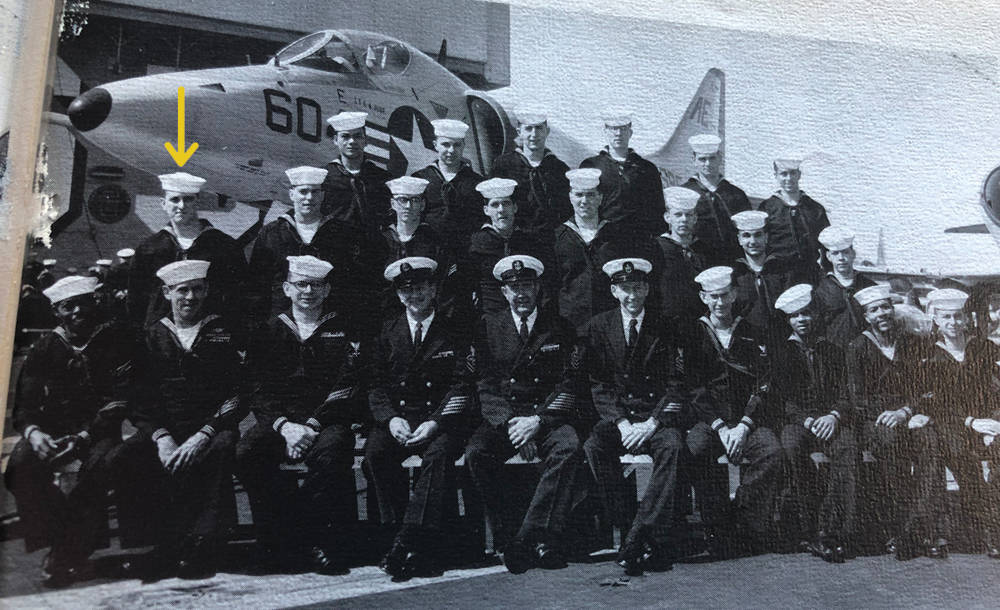
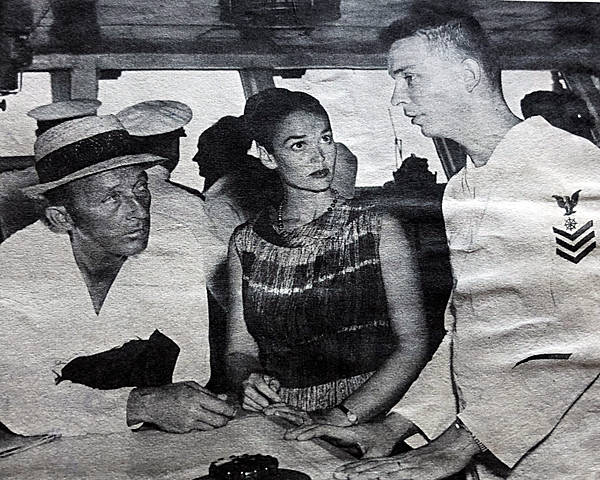
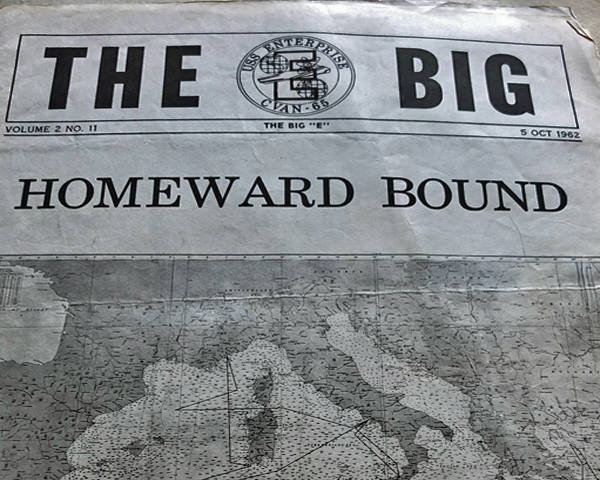
Since the Enterprise was a brand new modern carrier, life on board was pretty good. Phil says, “I had never been on a ship like this before. It was like an entire city! The food was good and we had a chow hall on the aft portion of the ship and another area on the forward portion with sandwiches and other quick food for guys who worked on the flight deck. Whenever they had peanut butter, the guys went nuts for it. Many had never had it before.” For sleeping quarters, they slept six to a cubicle, three on each side. They had a drawer underneath and a portion that opened up. Phil remembered, “You had to fold your clothes a certain way so everything would fit, just like they had taught us in Boot Camp.”The only communication back home was by letter. Great excitement was generated when the mail plane made deliveries from the fleet post office in New York. A local Blue Island newspaper, the Sun Standard, would send Phil copies of their paper to keep him up to date on events happening at home. Speaking of newspapers, the USS Enterprise even had their own newspaper called The Big “E”. The paper was written and printed on the ship and distributed to all crew members.
Phil’s unit was Attack Squadron VA-76 (Spirit of ’76) and his group had 13 A-4C’s (small attack planes) to maintain. In his squadron, Phil became good friends with two brothers, Mike and Rich Maino from New Jersey. While Mike was only in the squadron with Phil for three years, Rich and Phil served together the entire time. Rich worked as a parachute rigger. Phil continues to stay in touch and visits with both brothers to this day.
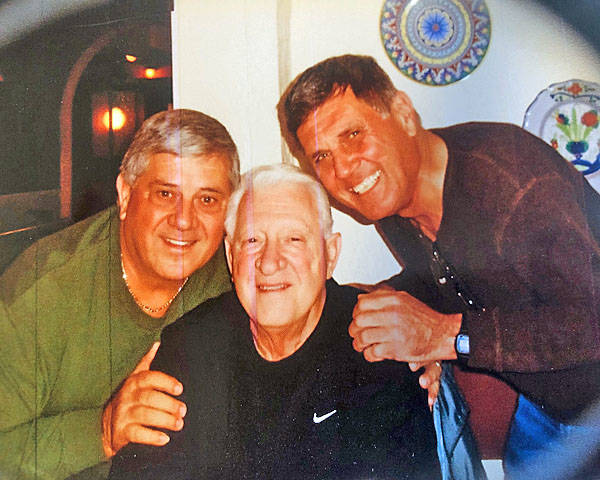
On Phil’s third and final Med cruise, they were extended a few months to circle the globe. When they reached Australia, they brought a kangaroo on board. It was requested that they bring it back home for a zoo near Norfolk, Virginia. On the final leg of their journey, as they were passing Brazil, Phil’s cousin, Joe Magliola, an Air Force attaché assigned to Rio de Janeiro, called the ship and invited Phil to come ashore for a personal tour. “My cousin gave me a VIP tour of Rio. We grew up together as kids in the neighborhood,” recalled Phil.
Phil’s final cruise on the Enterprise lasted seven months and took him to Vietnam where there were many sorties each day. Phil also recalled, “While working on the flight deck, there were so many different smells you experienced on a daily basis, fuel, rubber, fire – it was a very dangerous place to work!” Phil remembers losing three pilots in Vietnam. By this time he was ready to get home, get married and start a family but still faced two more tours. After the Enterprise returned to port for maintenance and repairs, Phil served aboard the USS America for nearly three months and then ended his service with a tour on the USS Essex for another three months. The Essex was a much older World War II carrier and it had nowhere near the accommodations he had been used to aboard the Enterprise. Phil purchased cruise books from all but the first one of his cruises. The cruise books are large hard bound books similar to a high school yearbook filled with stories and pictures about life on board the carrier. It was quite evident as he paged through these cruise books that Phil takes great pride in his time in the service.
When Phil returned home to Blue Island, he tried to get a job at Midway Airport, but no jobs were available. He did get a job working at a small company, building electronic ovens, and stayed there for about two years. From there he moved on to work at Continental Can Company in the Quality Control Department. In 1988, he went to work for Mac Tech as a Project Manager in their environmental group. He worked there for 14 years until he retired in 2002.
Phil married Jacqueline on September 20, 1975. Shortly after Phil returns from his Honor Flight Chicago trip, they will celebrate their 44th wedding anniversary. Phil and Jacqueline have five children (four daughters and a son) and six grandchildren. Two of their children live in Florida and three live in and around Chicago. Phil has lived in the Blue Island area his entire life and has been in his current home for the last 43 years. He is very much looking forward to his upcoming Honor Flight.



